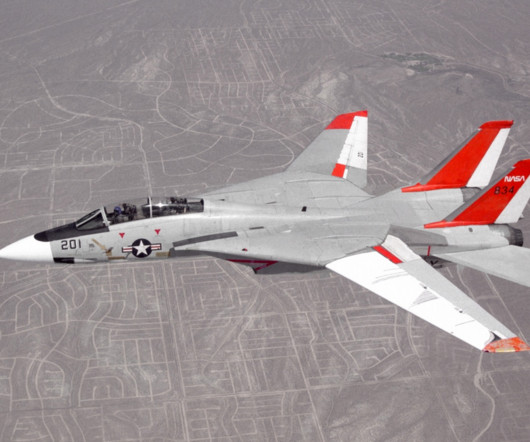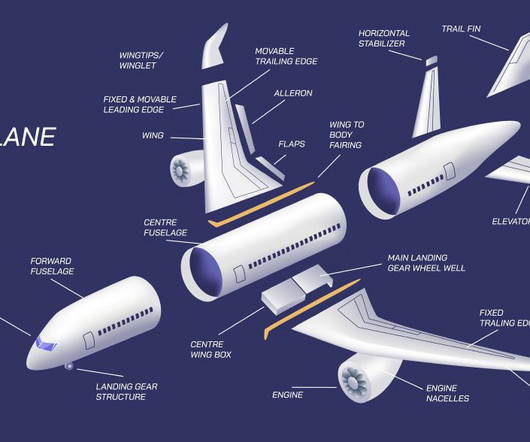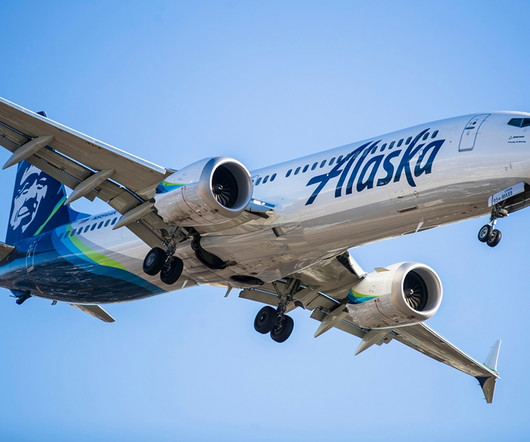Delta Connection flight received sink rate alert before Toronto Pearson crash
Aerotime
MARCH 21, 2025
The pilot flyingpulled back the thrust levers, and as a result, over the following 5seconds, N1 decreased from 64% to approximately 43%, where it remained until touchdown. The engine thrust was steady at approximately 43%N1, the TSB report explained. The air speed began to decrease, the TSB report said.














Let's personalize your content